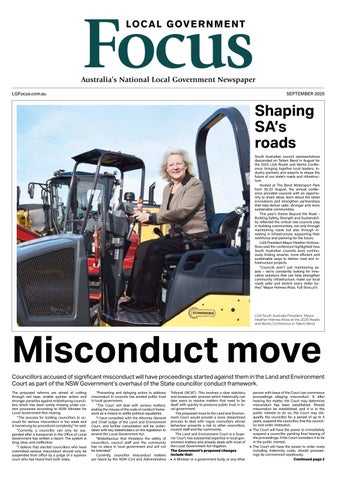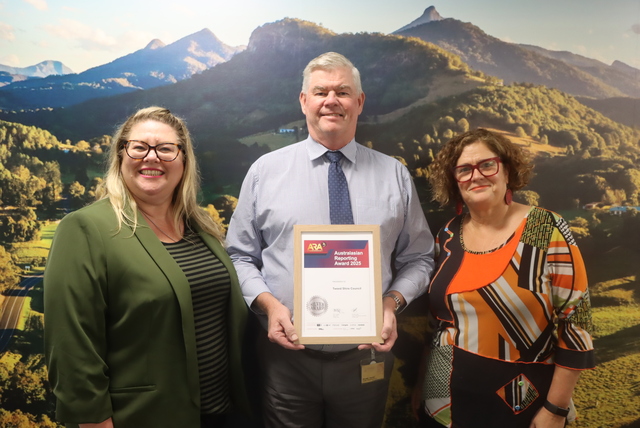With over 80 per cent of its population living in urban centres, its geographical size, and three levels of government, Canada has many similarities to Australia. Director IT and Planning at the City of Toronto, John Johnston, told delegates at the Intelligent Cities Conference staged last month by Whittlesea City Council that ‘Smart Communities’ in Canada has very much been driven by the Federal Government.
“In 1998 our Prime Minister, Paul Martin, gave a speech where he declared that Canada would become the most connected nation in the world,” John Johnston said. “He pledged that by 2006 all Government services would be online.”
To kick start its Smart Communities program, the Canadian Government provided $60 million in grant funding over a three year period supporting 12 smart communities as pilot projects. John Johnston said that for small, more remote communities the major carriers may decide returns on the cost of infrastructure is not always worth providing broadband services. This was the case for South Dundas in rural Ontario, putting its businesses at a major disadvantage.
During the 1990s, South Dundas had already lost 6,000 jobs equating to ten per cent of its workforce. With a population of 11,000 people, in 2000 Council introduced a tariff on rates to fund a fibre optic business communications network.
For an investment of $1.3 million, 63 new jobs have already been created and $2.8 million injected into the local economy. The project is predicted to return $24 million in the next two to four years and a further $8 million spin off for the rest of Ontario.
He said to become a Smart City, councils must:
- have a citizen centric focus by concentrating on the end user
- improve service delivery and ensure it is cost effective
- attract new business and create new jobs.







